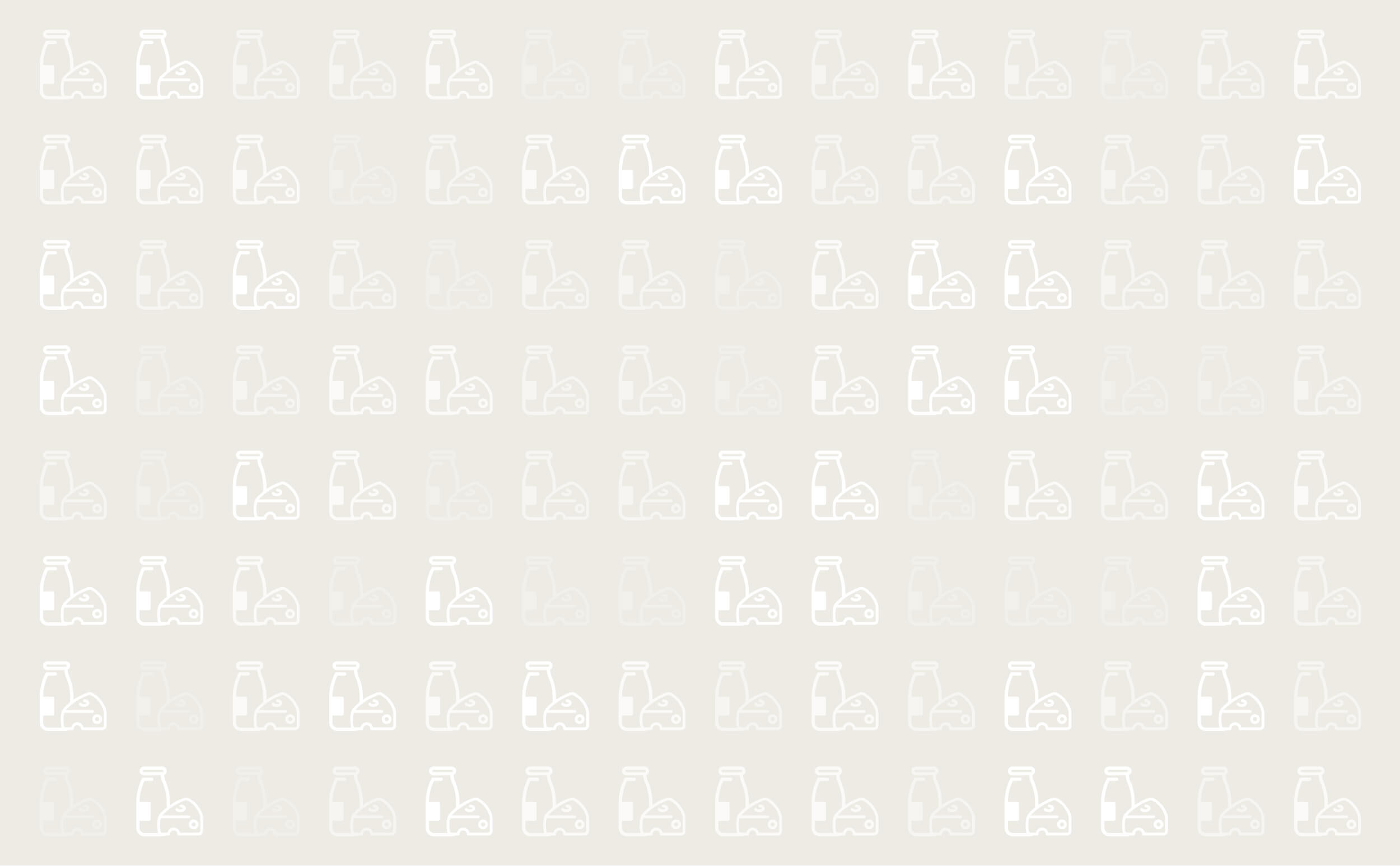



Pruritus/Pyrexia/Haemorrhagic Syndrome (PPH)
Cause
PPH is a rare disease of dairy cows that has been seen in several countries including the US, the UK and the Netherlands. The cause of PPH is unknown. Many causes have been suggested including fungal toxins, coumarins and a urea derivative, di-ureido-isobutane. It is possible that all of these factors can cause PPH.
Symptoms
- Pruritus: itching and scratching. This typically occurs over the head and neck and around the udder and tail head. This is associated with skin changes.
- Pyrexia: Increased temperature, usually associated with reduced appetite and milk yield, depression and dullness.
- Haemorrhage: Pinpoint bleeding in the conjunctiva, and vulva. There may also be a bloody nasal discharge.
Treatment
- There is no effective treatment. Severe cases are best culled.
Prevention
As the cause of the disease is unclear, prevention is limited. Some recent cases have been linked to citronin, a fungal toxin found in citrus pulp. Thus ensure that you use only the best quality citrus pulp, and avoid feeding diets with any visible spoilage.
If you suspect PPH arrange a PM through your vet and try to identify the source of the problem.

